Love a long-lasting flower garden? Check out these Seeds to Plant in the Fall for Blooms Next Year through spring and summer!
Fall may be the beginning of the resting period for many plant species and gardeners, but it is the best time to plant the following seeds to relish mesmerizing blooms the next year! These varieties prefer to germinate in the cooler autumn soil, producing mighty blossoms as the seasons turn!
Seeds to Plant in Fall for Blooms Next Year
1. Larkspur
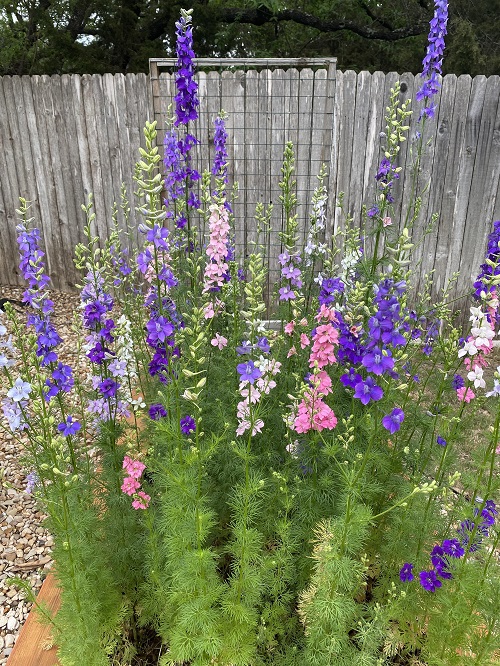
Botanical Name: Delphinium ajacis
Larkspur is a beautiful cottage garden staple with soft, fern-like fronds and brilliant spring and summer blooms in shades of white, pink, blue, and purple.
Sow it in the fall, as larkspur seeds prefer the cool of autumn. Early fall is the best time to do this, the seeds germinate in fall and remain dormant in winter, waiting for the spring to thrive and bloom.
The plant thrives in full sun but can tolerate partial shade. Check out these beautiful varieties you could sow.
2. Love-in-a-Mist
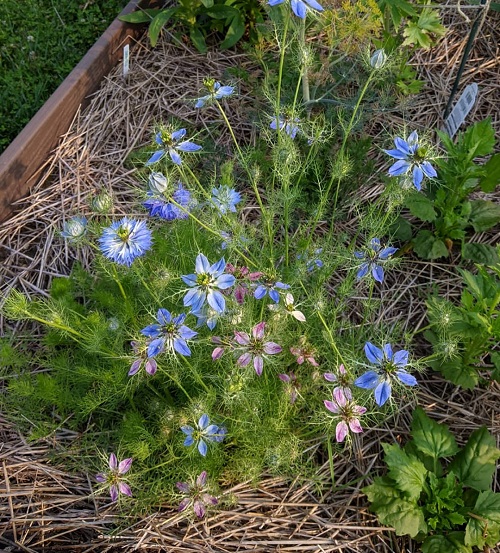
Botanical Name: Nigella damascena
Native to Europe, North Africa, and Asia, nigella’s popularity and meaning have made it a must-have worldwide. Its seeds germinate better when exposed to the cold in zones 8 and higher, with a promise of abundant blooms in the coming year.
A prolific self-seeder, it returns year after year and is a breeze to maintain as long as it gets ample sunshine.
3. Calendula
Botanical Name: Calendula officinalis
Calendula, or pot marigold, is a bushy plant with edible, aromatic, sunny yellow and orange blooms that are super easy to grow. It needs a cold period for germination, which makes it ideal for growing in the fall if you live in a warm climate, USDA Zones 9-11, for winter and spring blooms.
You can also start seeds indoors 6-8 weeks before the last frost date if you live in a cold climate.
Press the seeds about half an inch below the surface of soft soil, and then water slightly. Blooming in spring and mild summers, calendula reseeds efficiency. Cutting back promotes bushy growth, and deadheading spent blooms coaxes more flowers in this plant.
4. Bachelor’s Button

Botanical Name: Centaurea cyanus
Also known as cornflower, this plant grows freely in disturbed areas, fields, and meadows. Its seeds need a reasonable cold period to break dormancy and germinate. Sow them in fall for beautiful pink, blue, and white edible blooms in spring.
This plant reseeds easily, and thrives in full to part sun and moderately moist, well-draining soil. Read this article to discover landscaping ideas with cornflowers.
5. Poppies

Botanical Name: Papaver somniferum
Poppies, with their paper-like flowers and bright colors, make a beautiful addition to the garden. Sow poppy seeds in the fall until Thanksgiving for beautiful red, gold, pink, and white blooms in spring and summer.
Varieties like Iceland, Oriental, and Shirley poppies grow well in cool climes, making them perfect for autumn sowing. Once they mature, they require little care, even in pots.
6. Annual Honesty
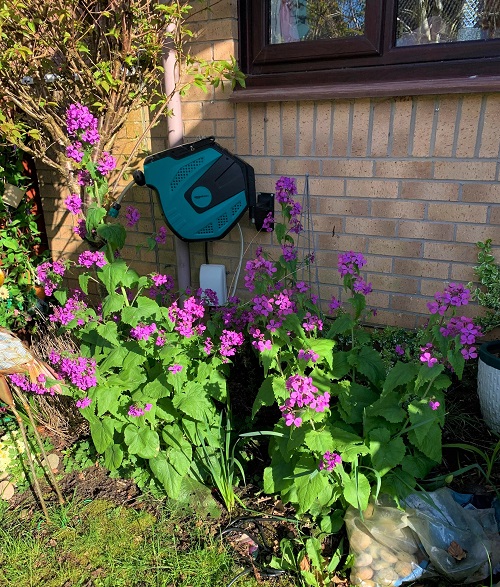
Botanical Name: Lunaria annua ‘Honesty’
If you live in a place with mild winters, you can plant the seeds of this mustard family member in the fall for unique purple flowers and seed pods the following year. Also producing flat papery fruits, this plant blooms only in the second year after propagation from the seed.
Sometimes called the silver dollar, it can quickly get weedy or invasive and thrives with little or no fertilizer in rich soil. It does enjoy a dose of compost every now and then.
7. Dame’s Rocket
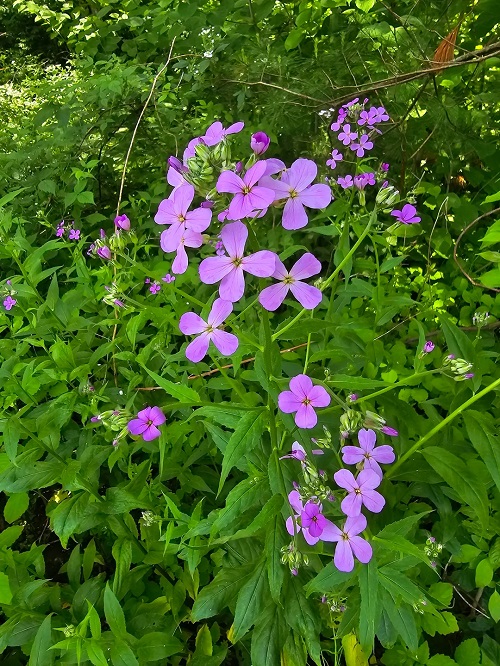
Botanical Name: Hesperis matronalis
Dame’s rocket is known for its upright nature and four-petaled white, pink, and purple fragrant blooms that appear in spring, two years after it is sown in fall. An overzealous self-seeder, this plant thrives in moist, well-draining soil in full sun to partial shade.
8. Columbine
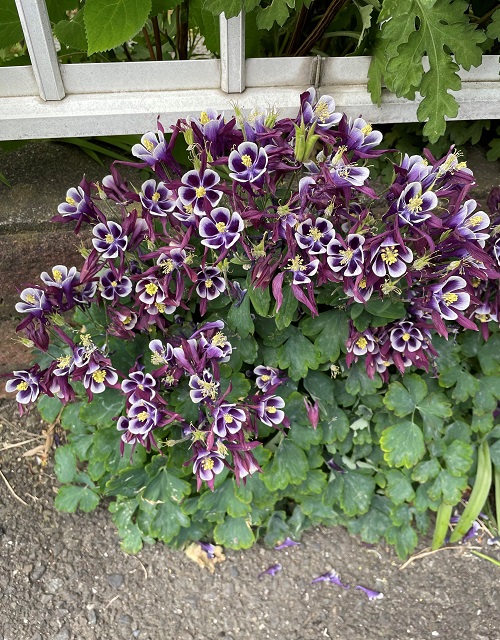
Botanical Name: Aquilegia vulgaris
A lovely short-lived perennial to plant in fall, columbine seeds need at least 2-4 weeks of cold weather to germinate. When spring arrives the next year, this plant produces stunning spurred blooms in pastel pinks and yellows to deep reds and purples, resembling eagle talons.
It thrives in well-draining, moist soil with partial to full sun.
9. Sweet Pea

Botanical Name: Lathyrus odoratus
In zones eight and above, you should sow sweet peas in the fall, but in other regions, do it in late winter or early spring. They will produce irregular, lipped blooms in various hues, including mauve, peach, lilac, violet, white, and pink.
Sweet peas are easy-to-grow plants perfect for cottage gardens, and they prefer rich, well-draining, slightly alkaline soil.
10. Red Campion

Botanical Name: Silene
Blooming profusely from May to October, red campion produces pink to red symmetrical flowers that open during the day. You can sow these beauties in late fall and until mid-winter, and flowers will erupt soon after.
This plant thrives in full sun to part shade, with moderately moist, well-draining soil.
Remember to sow seeds in trays or pots of moist compost or directly in the ground for all the plants mentioned above, and enjoy stunning blooms the next year!


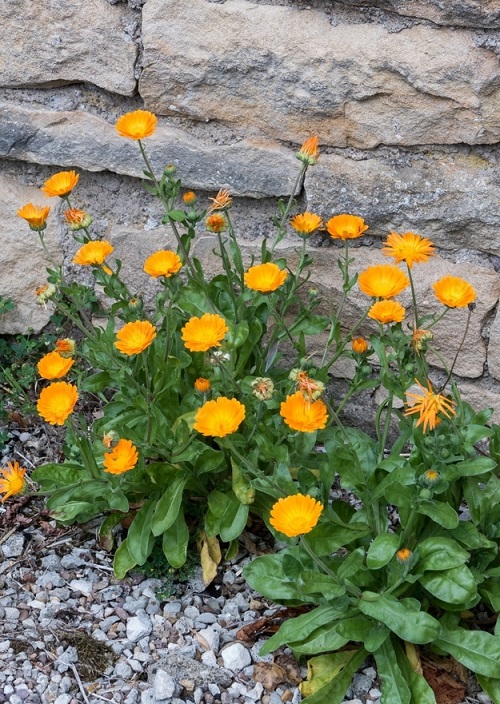

Günlük Kadın Elbiseleri